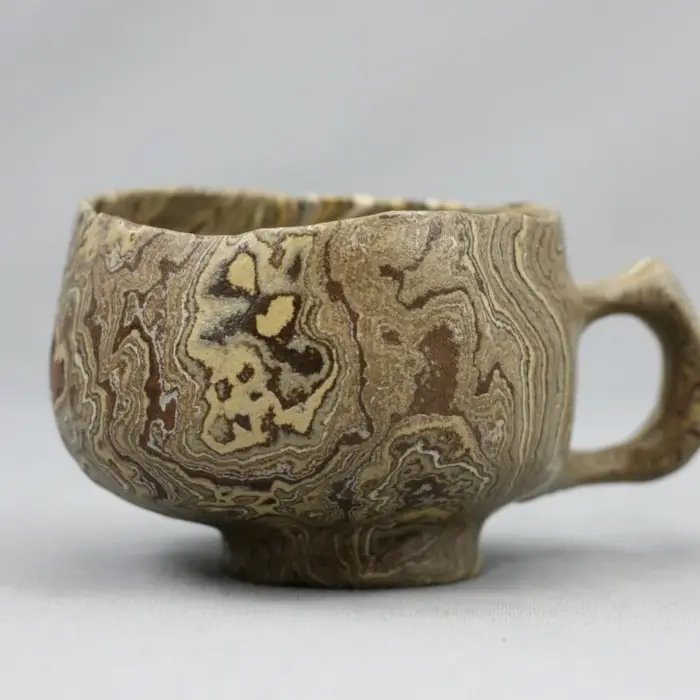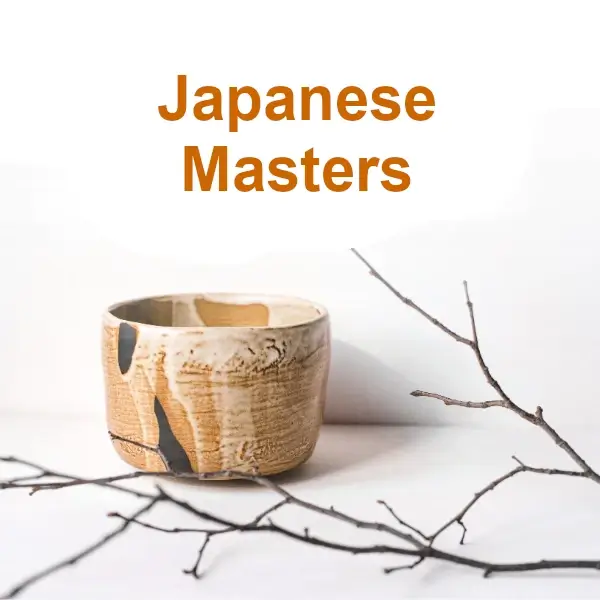Kenkichi Tomimoto: Revealing the Hidden Beauty of Ceramics
Meet Kenkichi Tomimoto’s immortal legacy in the art of Japanese ceramics.
The history of Japanese art is replete with figures whose talent and dedication have left an indelible mark on the country’s culture. Among them is a name that resonates strongly in the world of ceramics: Kenkichi Tomimoto. His work not only redefines ceramic art, but also invites us to explore beauty and technique in its purest form.
Born in Nara Prefecture in 1886, Kenkichi Tomimoto lived in a time of great change for Japan, which undoubtedly influenced his artistic approach. From a young age he showed a deep interest in art, but it was his encounter with the world of ceramics that marked the beginning of his outstanding career. He was educated at the prestigious Tokyo School of Fine Arts, where he perfected his vision and technique.
His passion for art led him to explore beyond the borders of his country. Tomimoto traveled to England, where he had the opportunity to study at the Royal College of Art in London. This experience not only broadened his artistic perspective, but also introduced him to new techniques and styles, which he would later integrate into his own ceramic work. He returned to Japan in 1916 with an enormously enriched cultural and technical background.
Kenkichi Tomimoto was not only an exceptional ceramist, but also an educator passionate about sharing his knowledge. He served as a professor and later as director at Kyoto City University of Arts, where he influenced generations of artists. His contributions did not go unnoticed, and he was recognized as a Living National Treasure in 1955, an honor reserved for those who have made exceptional contributions to Japanese culture.
Tomimoto’s ceramics are known for their extraordinary beauty and technique. He experimented with a wide variety of styles and methods, from porcelain to glazed ceramics, always striving for perfection in each piece. Her works often incorporated elements of nature and Japanese tradition, but viewed through a modern and personal lens. The integration of decoration in his pieces was delicate yet striking, using techniques such as engraving and the application of glazes in innovative ways.
Kenkichi Tomimoto passed away in 1963, but his legacy and influence on the world of ceramics and beyond continues to live on. His dedication to ceramic art not only contributed to the cultural enrichment of Japan, but also served as an inspiration to many contemporary artists. Through his work, Tomimoto teaches us that artistic creation is a constant process of learning, experimentation and, above all, a passion for beauty.
List of Japanese master ceramists
In an attempt to give recognition to the master ceramists of Japan, we have made a series of biographical articles, you can access them through this drop-down list.
We hope this will help to spread the beautiful tradition of Japanese pottery.
It will help us if you share on social media:
Other posts about Japanese pottery:



